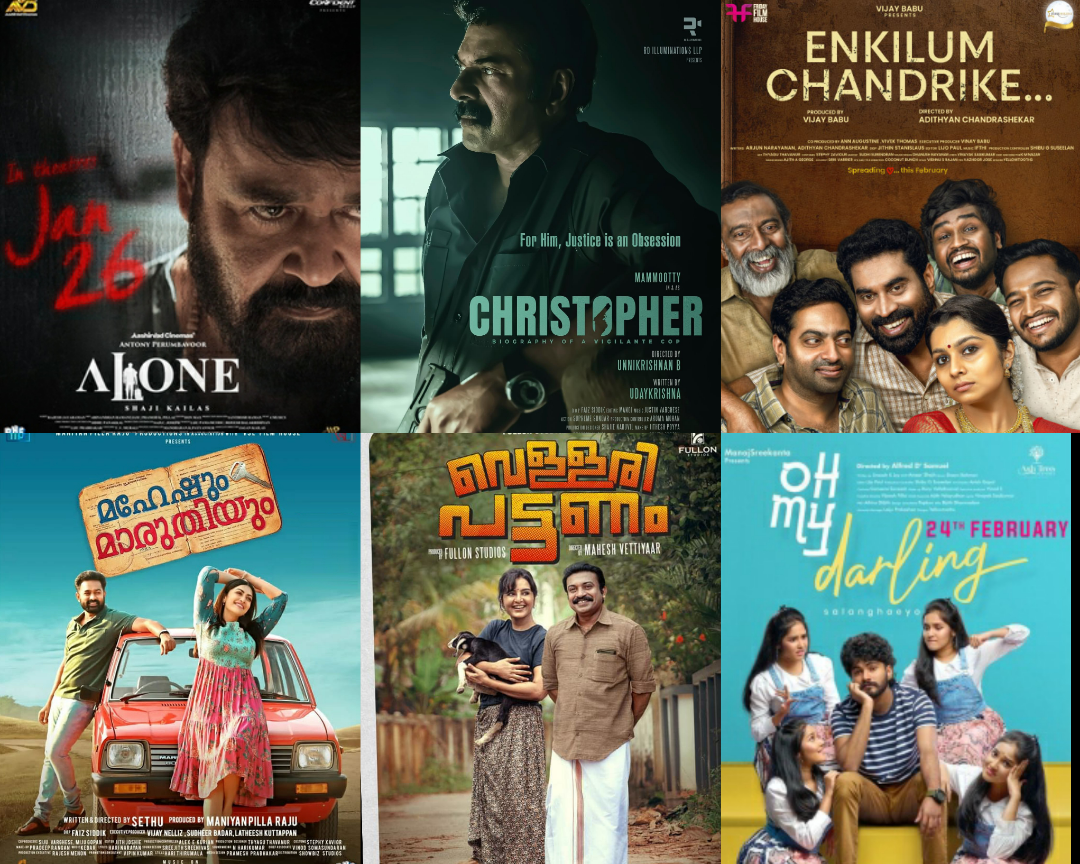In the heart of Kerala’s thriving film industry—popularly known as Mollywood—a quiet revolution is reshaping the post-production landscape. Fueled by affordable technology, pandemic-induced innovations, and a changing work culture, more and more film editors, sound engineers, and music composers are now operating from within the walls of their own homes. Home-based studios are no longer just a temporary fix but have matured into a permanent, cost-effective, and quality-driven alternative to traditional post-production facilities.
This movement, grounded in necessity during COVID-19 lockdowns, has since evolved into a defining feature of how Malayalam cinema operates behind the scenes. Today, celebrated editors and newcomers alike are cutting critically acclaimed films from spare bedrooms, and composers are scoring hits from compact home studios. The democratization of post-production tools has led to a more flexible, efficient, and artist-friendly environment.
Tech-Driven Accessibility: The Enabler
The post-production shift was largely made possible by the accessibility of advanced yet affordable technology. Editing software such as Adobe Premiere Pro, DaVinci Resolve, and Final Cut Pro are now available on subscription models, and powerful laptops or custom-built PCs are capable of handling intensive rendering tasks. Audio engineers are using Logic Pro, Pro Tools, and FL Studio to create cinema-quality soundtracks and mixes from desks tucked into corners of their apartments.
High-speed broadband internet, cloud storage, and collaborative software have further made remote work viable. Editors now routinely receive rushes via cloud platforms like Frame.io or Google Drive, do their cuts, and send back versions in a matter of hours—sometimes even faster than traditional setups.
“Earlier, we had to book an editing suite and travel to Ernakulam or Thiruvananthapuram,” says Pratheek Rajan, an independent editor based in Kozhikode. “Now I work from my home studio with the same efficiency, at a fraction of the cost.”
Cost Efficiency Meets Creative Freedom
One of the most compelling reasons for this shift is the significant cost saving. Traditional post-production studios charge hourly or daily rates, not including additional expenses like travel, accommodation, and food—especially for out-of-town technicians. In contrast, working from home removes many of these overheads, making it an appealing option for both independent filmmakers and freelancers.
Moreover, creative professionals report a greater sense of ownership and freedom when working in their own spaces. “I can take my time with a sound mix without watching the clock,” says Ananya Nair, a sound designer who worked on the indie film Ormma. “There’s no pressure from studio managers or noise from adjacent editing bays. It’s just me, the director on Zoom, and the project.”
From Bedroom to Box Office: Success Stories
Several high-profile Malayalam films in recent years have benefited from this model. The critically acclaimed Jaya Jaya Jaya Hey and Romancham were partially edited and mixed in home-based setups. Music composer Justin Varghese reportedly prefers to do the initial drafts and compositions from his modest home studio before fine-tuning them in larger setups only when needed.
Directors too are adapting to this change. Filmmaker Vineeth Sreenivasan has spoken about how this hybrid post-production model helped speed up timelines while also encouraging closer collaboration. “We no longer need to block days in a big studio to brainstorm edits or transitions. It’s now a continuous and iterative process over Zoom or WhatsApp, right from our homes,” he shared in a recent interview.
Challenges Remain, But Solutions Are Emerging
Despite its benefits, the home-studio trend isn’t without challenges. Soundproofing remains a concern, especially for those living in urban or crowded settings. Power outages and fluctuating internet connectivity can also disrupt workflows. Furthermore, not all home studios are equipped to meet Dolby Atmos or theatrical-grade surround sound requirements.
To tackle these, many professionals follow a hybrid model: initial cuts and compositions are done at home, while final mastering or surround sound mixing is outsourced to traditional studios. Co-working spaces equipped for post-production are also emerging in cities like Kochi and Thiruvananthapuram, offering a middle ground.
Collaborative platforms and software—like Frame.io for real-time feedback, or Avid’s Media Composer Cloud for shared editing timelines—are bridging the physical distance between directors, editors, and composers.
Impact on the Industry’s Ecosystem
The ripple effect of this shift is being felt across the Mollywood ecosystem. Studio rentals are adapting by offering more flexible packages and remote collaboration support. Equipment vendors are seeing increased demand for compact, affordable audio interfaces, MIDI controllers, reference monitors, and professional microphones.
Training academies too are revamping their curriculum to cater to the new trend. Short-term certification courses on “Home Studio Setup for Film Editing” or “Sound Design from Home” are now being offered online, enabling even newcomers to join the scene with relatively low investment.
Inclusivity and Talent Diversification
Another noteworthy impact is the increased inclusivity in the post-production talent pool. Many women, who earlier found it difficult to work late hours in commercial studios due to societal constraints, are now contributing extensively from home. Similarly, talented editors and composers from smaller towns are entering the industry without needing to migrate to urban centers.
“This decentralization of post-production is good for the industry,” says Sibi Mathew, a senior editor and visiting professor at a Kochi-based film school. “It allows for more voices, perspectives, and styles to flourish. We’re seeing regional dialects, unique musical styles, and editing rhythms that break conventional molds.”
The Future: A Hybrid Workflow Model
The home-studio trend in Malayalam cinema is unlikely to completely replace traditional studios—but it has certainly created a new normal. Industry insiders predict that the future will be hybrid, with home setups handling the bulk of the work, complemented by short bursts in full-fledged studios for high-end finalization.
Already, some production houses are equipping their in-house editors and music directors with stipends to set up home studios. Others are hiring based on the ability to work remotely, making the post-production process more agile and less geographically limited.
A Quiet Revolution with Loud Results
From behind closed doors and within quiet corners of homes, a new wave of post-production brilliance is emerging in Mollywood. What started as a response to pandemic constraints has now become a transformative trend—driven by tech, embraced by talent, and heralding a more inclusive and efficient filmmaking era.
As Kerala’s filmmakers continue to push the boundaries of storytelling, it’s the sound of a home-based studio and the click of a mouse in a quiet bedroom that may just define the future of Malayalam cinema.





